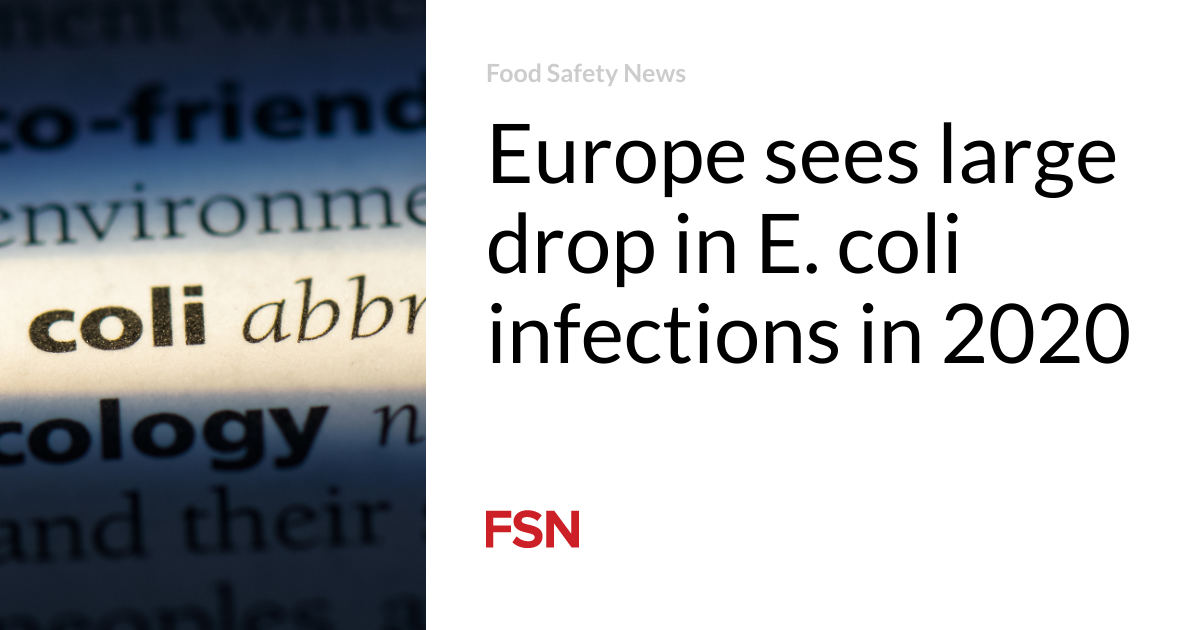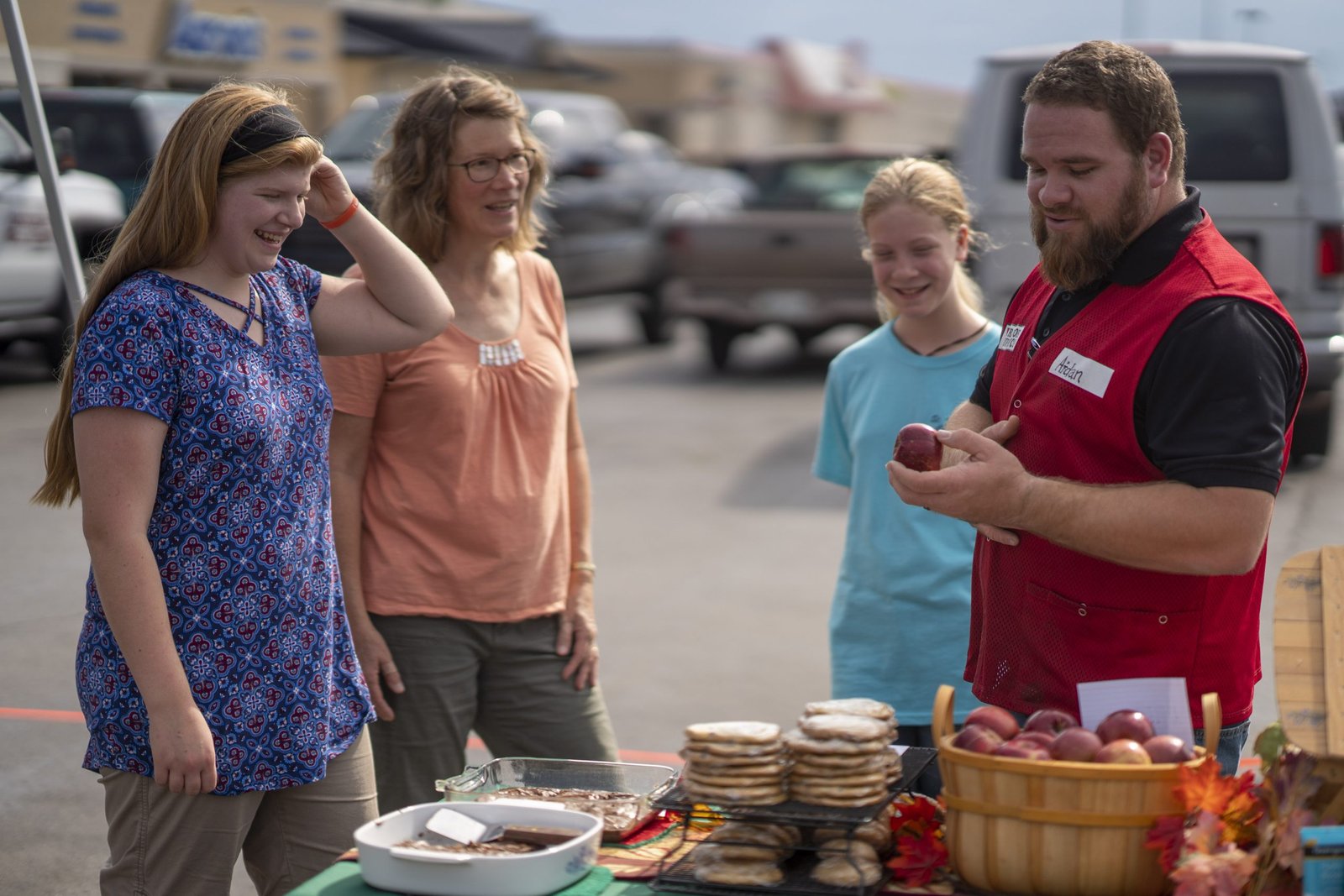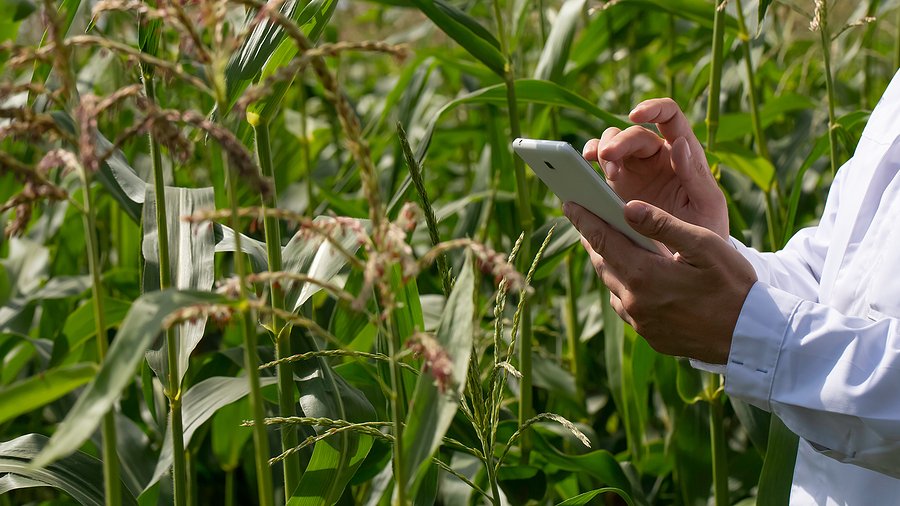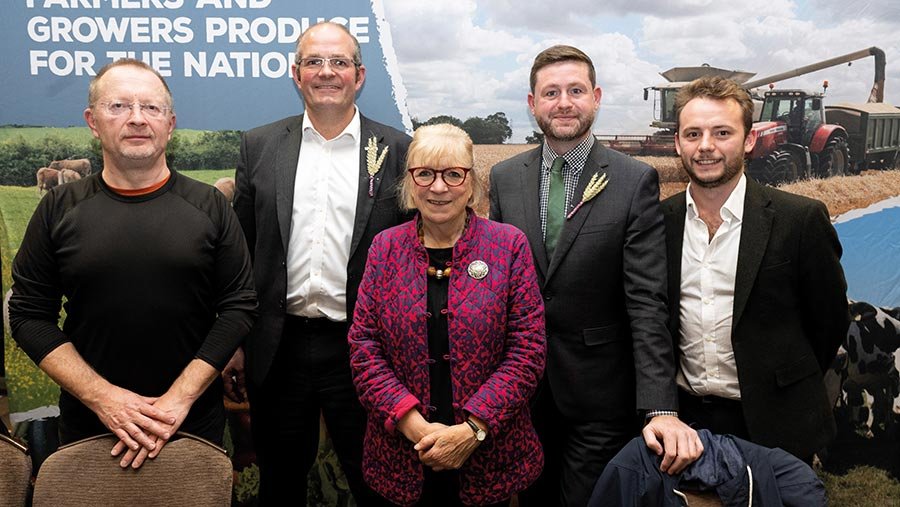She’s a pleased consumer. As she stands in the checkout line prepared to pay, she has a distinct green bag emblazoned with intense yellow letters that state regional slung over her shoulder.
Regional, naturally, she states when inquired about this. It’s fresher, and I like understanding I’m assisting to support our regional farmers.
This is basically foregone conclusion in the minds these days’s U.S. consumers. Not surprising that then that.many big supermarket now have actually regional printed on their bags. And oftentimes, there are big indications stating resident put arbitrarily throughout the shop, as though the word incorporates
” Imported” on any of their products, other than naturally for cheeses, for instance, that are understood for the nation where they’re produced. And some vegetables and fruits do bear little stick-on labels discussing their native land- Granny Smith apples from New Zealand or onions (in winter season) from South America whatever in the shop. However unless they’re promoting a particular food that has actually been raised in the city, those indications are not explaining all of the food in the shop.
Not a surprise then that you will not see consumers happily bring bags that state IMPORTED.
Yet consider this: Over half of the fresh fruit and nearly a 3rd of the fresh veggies Americans purchase now originated from other nations. That’s a lot.
However there’s more: According to the USDA, food imports will likely continue to increase, with imports of fresh vegetables and fruits increasing 45 percent from 2016 to 2027. Simply put, 75 percent of our fruit and nearly half of our veggies will likely be imported already.
What about meat and fish
In a lot of years, the United States exports more meat than it imports, according to the USDA. Meat from foreign sources represent approximately 8-20 percent of overall U.S. meat materials, however just the parts that are imported straight as meat are apparent.
A lot of U.S. animals imports originate from Canada and Mexico. The high expenses connected with quarantine requirements and transport limitation imports from other nations. Nevertheless, by by the end of 2021, The United States had actually imported beef from 20 various nations
As for beef, Americans like their hamburgers and since of that beef imports are mostly driven by the ravenous market for hamburger in the United States.
China, on the other hand, was the biggest beef importer worldwide in 2020. Being available in next were the United States, Japan, South Korea and Hong Kong.
Almost all hogs imported into the United States are feeder hogs, and a lot of come from Canada.
When it comes to chicken, more than 99 percent of the chicken offered in the United States originates from chickens hatched, raised and processed in the United States. None presently originated from China. Less than 1 percent of the chicken consumed in the United States is imported from Canada and Chile.
Under the Federal Meat Assessment Act (FMIA), the Poultry Products Assessment Act, and the Egg Products Assessment Act, imported items are forbidden from going into the United States unless the exporting nation satisfies all food security public health requirements appropriate to comparable items produced in the United States
Fish is another story. About 80 percent of fish and seafood items entering the U.S. is imported, much of it from Asia.
A glimpse at food security and imports
Food entering the United States from other nations might include pathogens such as germs, infections, or other disease-causing bacteria, or contaminants, which are primarily produced by bacteria, according to the USDA. And these pathogens and contaminants might cause foodborne diseases.
From 2002 to 2019, an overall of 22,350 pathogen offenses happened from imported foods, once again according to the USDA. About 70 percent of those offenses originated from 2 food sources: the fishery and seafood items market and the spices, tastes, and salts market.
Fishery and seafood items had 9,857 pathogen offenses over this duration, representing 44.1 percent of the overall declined imports. This classification was followed by spices, tastes, and salts, which had 5,886 offenses, or 26.3 percent of the overall. Cheese and cheese items represented 7.1 percent of the overall, followed by fruits and fruit items with 6.2 percent, nuts and edible seeds with 5.1 percent, and veggies and veggie items with 4.1 percent.
In overall, the leading 6 food markets represented 93 percent of the overall pathogen offenses over the duration, according to USDA’s Economic Research study Service report (https://www.ers.usda.gov/data-products/chart-gallery/gallery/chart-detail/?chartId=103196) released in 2021.
Plainly, U.S. customers, who count on federal government firms to secure would not would not be pleased with these numbers.
What’s driving increasing imports?
U.S. customers are wealthier and more ethnically varied than in years past when imports such as bananas and coffee used up just a little part of their shopping baskets.
However things have actually altered, and U.S. customers have actually established a hunger for foods from other nations, a few of them tropical nations that can grow a few of the foods that fulfill consumers’ gotten brand-new tastes.
A few of these nations are least-developed and develoing nations. Their environments permit these farmers to produce food when numerous locations of the U.S. remain in the throes of winter season. However numerous farmers in those nations are small farmers and do not have the understanding, tools or financial resources to make certain their food is safe. Yet there are abroad markets starving for their food if just they might produce food that satisfies global food-safety requirements.
The World Bank notes more than 45 nations as “establishing nations.” Amongst them are numerous African countries, some Asian and Arab nations and some mid-Eastern and Latin American nations. Go here (https://worldpopulationreview.com/country-rankings/developing-countries) to see the list and where the nations stand in the score.
The nations at the bottom of the ranking are typically described as “least industrialized nations.”
In the U.S., the Fda supervises the security of the majority of the human and animal food consumed in the United States. The objective is to make certain that food imported from other nations fulfill the very same food-safety requirements as those in the United States.
In the past, the method concentrated on obstructing risky foods at the border and avoiding them from participating in the U.S. market. Nevertheless, with increasing deliveries of food from other nations being available in to U.S. ports, it ended up being clear that a shift in viewpoint was required.
Now, rather, the company’s oversight consists of avoiding food-safety issues prior to the food gets to the border and is offered in the market- and prior to it winds up on customers’ plates. No simple job to be sure because there are a lot of abroad farmers, manufacturers and business excited to get their items into the United States. A lot more tough, a few of them are from establishing and less-developed nations and do not have the ways to fulfill U.S. food-safety requirements at the foods’ point of origin.
Connecting to establishing nations
If the Covid 19 pandemic has actually taught individuals anything else it’s that, like it or not, they belong to an international neighborhood. And with food being imported from and exported to a lot of nations, lots of people are concerning understand that as customers they’re likewise part of an international neighborhood. With that, comes the plain awareness that food security is not just an individual issue however likewise an international concern.
” … it appears that the world is altering prior to our eyes,” stated Roberto Azevedo, previously the World Trade Company director, when he spoke throughout a conference on food security and trade numerous years back. “Access to safe food is important. It is a main component of public health …”
Now in 2022, that message can be found in even clearer as world sell food continues to increase. And with forecasts that it will just increase in the coming years.
That’s why Norway and Germany’s current promises of grants to assist establishing and least-developed nations reinforce their capability to abide by global food-safety requirements, which would, in turn, enhance their access to local and global markets, comes as such great news.
The Norwegian Firm for Advancement Cooperation (Norad) is promising almost $2.75 million from 2021 to 2023 to the Standards and Trade Advancement Center (STDF) https://www.standardsfacility.org).
The company was developed by the Food and Farming Company (FAO) of the United Nations, the World Company for Animal Health (OIE), World Bank Group, the World Health Company (WHO) and the WTO. Examples of continuous STDF jobs consist of establishing remote examination methods, which enables more farms to be checked, which can accelerate the procedure.
In December 2021, Germany contributed simply more than $3 million to STDF for jobs that will assist small farmers, manufacturers, traders and federal governments gain access to international and local markets for food and farming items.
Bettina Waldmann, Germany’s ambassador to the WTO, stated that her nation “acknowledges the requirement to support establishing and least industrialized nations that have actually been and still are especially impacted by the unfavorable effects of the COVID-19 pandemic.”
Along those very same lines, Bård Vegar Solhjell, director general of the Norwegian Firm for Advancement Cooperation stated that the international pandemic stresses that “we should continue to buy and scale up safe trading systems.”
WTO Director-General Ngozi Okonjo-Iweala stated the cash will support nations in carrying out hygienic and phytosanitary (SPS) requirements, consisting of utilizing science-based techniques to safeguard plant, animal and human health.
” These efforts reinforce the security and stability of an establishing nation’s food supply, so countless farmers can offer items in brand-new markets, enhancing incomes,” he stated.
A win-win
Bottomline, broadening food security programs and tools to establishing and least-developed nations will assist farmers and other farming entities in those nations acquire more markets and for that reason assist enhance their economies, hence offering individuals there more spending power, much of which can be utilized for food.
However it will likewise offer abroad customers more safe foods to select from all year. This, in turn, will likewise benefit them since costs will be more competitive.
It likewise harmonizes the concentrate on the U.S. Fda’s objective to preven food-safety issues prior to the food gets to the border and is offered in the market- and prior to it winds up on customers’ plates.
When it comes to among those customers, John Gottula of Montana, who has actually raised livestock and hogs prior to retiring, stated he likes the concept of assisting farmers in establishing and less-developed lands find out the essentials of food security.
” The entire thing has to do with getting safe food from Point A to Point B,” he stated, describing global trade. “I believe what Sweden and Germany are doing is excellent. It’s great that individuals are starting to see the light … that a great deal of the food we depend upon originates from other nations. Here in America, we have actually ended up being so utilized to seeing a lot range in the shops that we believe it’s all produced here.”
When it concerns assisting other nations reinforce the security and stability of their food supply, which will assist countless farmers and other food manufacturers advantage and enhance their incomes, he stated he hopes other nations, consisting of the United States, follow what Sweden and Germany are doing.
” I recommend it,” he stated. “It will assist raise all boats. The bottomline is that it will make their lives and our lives much better. And our food more secure.”














